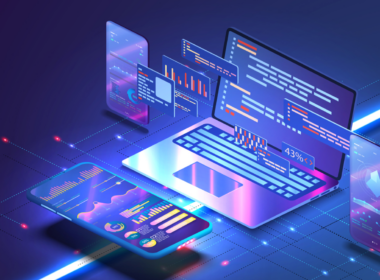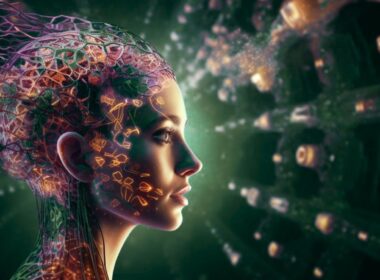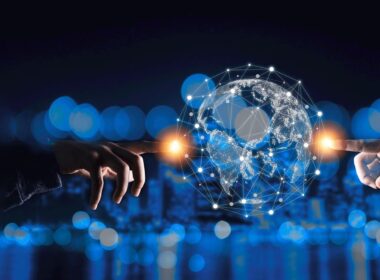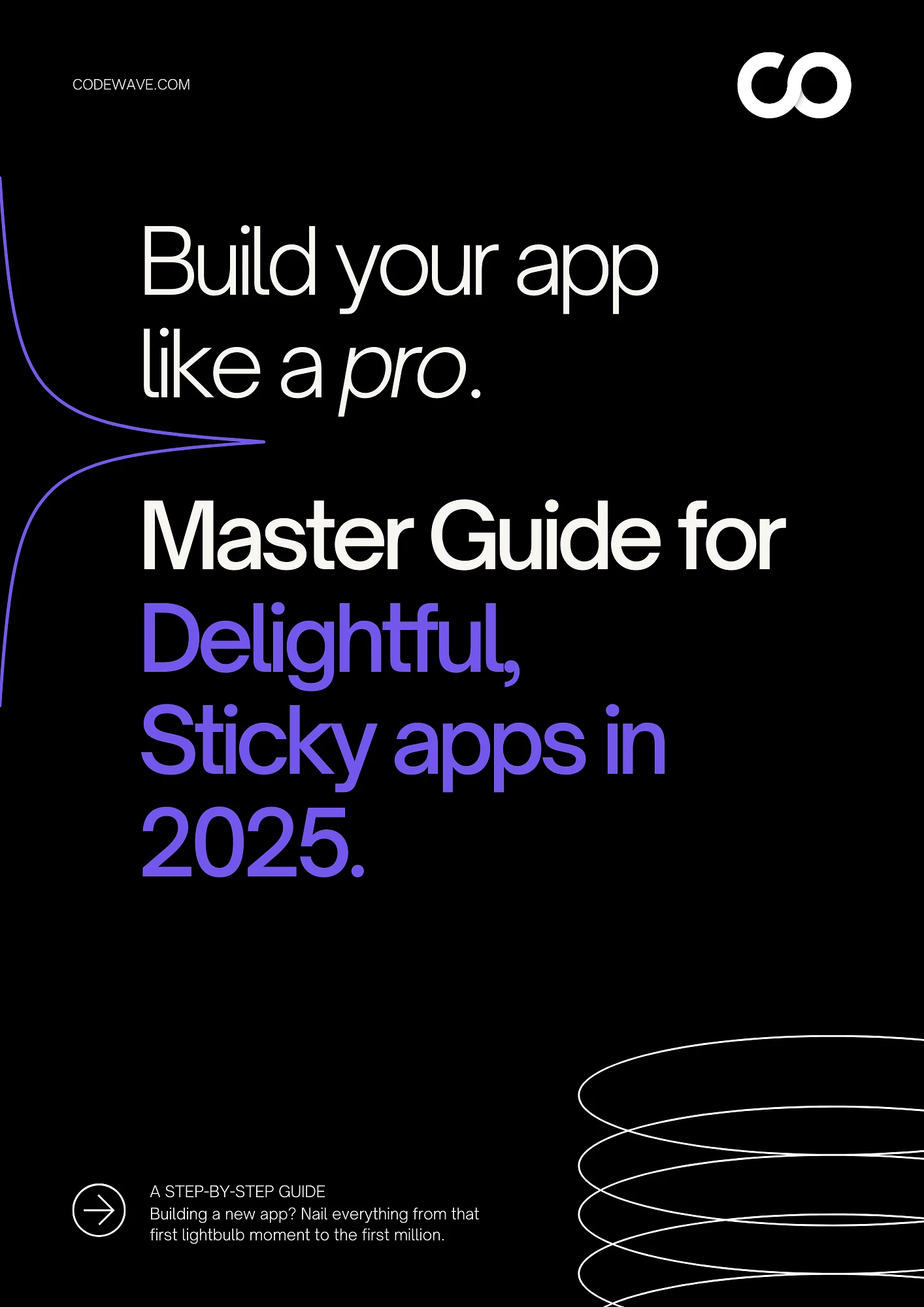Are you struggling to hire fast enough, retain top performers, or keep up with skills that shift faster than your training cycles? These pressure points keep building, and manual HR processes rarely give leaders the clarity or speed they need.
AI in human resource management is stepping in to close that gap, with 65% of HR leaders expecting AI to improve productivity.
HR teams are turning to AI because it solves immediate operational pain. It shortens hiring cycles, flags talent risks early, and gives you visibility into workforce patterns that were previously hard to track.
This blog walks you through the benefits, the challenges you should be prepared for, and the steps needed to adopt AI responsibly across your HR function.
Key Takeaways
- AI in HR is most effective when it targets clear problems such as long hiring cycles, weak skill visibility and repetitive admin work.
- Recruiting sees the fastest gains, with over half of organisations already using AI to write job descriptions, screen resumes and search candidates.
- Key blockers include data quality issues, system fragmentation, algorithmic bias and low AI literacy among HR teams.
- High-value use cases span hiring, workforce planning, L&D, support automation and predictive insights that help HR act earlier.
- The future points toward real-time workforce signals, personalised learning, stronger ethical oversight and hybrid human-AI decision roles.
How Can HR Teams Gain From AI?
HR leaders who manage large-scale hiring, high employee turnover, or complex talent pools face intense operational demands.
AI in human resource managementaddresses these pressures directly by delivering measurable outcomes and helping HR teams operate with greater agility and foresight.
Here’s how AI delivers value in key HR functions:
- Automated recruitment and screening: AI tools streamline candidate vetting by assessing resumes, matching skills, and prioritising applicants. One study found organisations using AI in recruiting saw up to a 45% reduction in hiring time.
- Talent and skills forecasting: AI analyses performance metrics, training history, and attrition patterns to alert HR when roles are at risk and skills will be lacking. This allows you to allocate training resources before gaps become critical.
- Personalised employee experience: AI-driven onboarding, learning modules, and career pathing let you provide tailored development to each employee rather than generic programmes. This increases engagement and retention because individuals see a clear growth trajectory.
- Data-driven HR decisions: AI aggregates data from HR systems and uses predictive models to highlight patterns—such as who is likely to leave, which team may struggle or who is ready for promotion. For example, 89% of HR professionals using AI in recruiting reported time savings and better efficiency.
- Operational efficiency: By automating repetitive tasks such as interview scheduling, query handling, or onboarding administration, AI frees HR staff to focus on strategic priorities like leadership development and culture building. Automation reduces cost-per-hire and cuts administrative burden.
Also Read: AI in Project Management: Tools and Best Practices
Once the upside is clear, the next question is what slows adoption and where teams typically get stuck.
Challenges Faced by AI in Human Resource Management
AI can sharpen decision-making and reduce operational strain, yet many HR teams hit structural and cultural hurdles when moving from small pilots to full-scale adoption. Friction is most visible in organisations managing sensitive data, fragmented systems, and diverse employee expectations.
Adoption patterns reflect this divide.58% of publicly traded for-profit organisations already use AI in HR, compared with 35% in state and local government, showing how readiness and system maturity shape adoption.
Below is a table outlining the major obstacles you should anticipate when rolling out AI in human resource management.
| Challenge | What This Looks Like in Practice |
| Data privacy and security risks | AI systems process sensitive employee information. Weak controls can expose organisations to compliance problems or breaches. |
| Bias and fairness issues | AI models trained on historical HR data may repeat past hiring patterns that favoured certain backgrounds or penalised others. |
| Poor HR-tech alignment | HR teams often run multiple systems that don’t connect well. Legacy HRIS tools limit how well AI can analyse data. |
| Skill gaps and change resistance | HR professionals may lack AI fluency, and employees may distrust AI-led decisions such as screening or performance predictions. |
| Difficulty proving ROI and scaling | AI pilots may work in isolated workflows but fail when deployed across departments. Measuring value becomes unclear. |
Practical Ways to Reduce These Challenges
Before moving to the next stage of adoption, HR leaders can lay the groundwork with a few focused actions.
- Start with a single, high-impact use case where data quality is strong, such as candidate screening or workforce planning.
- Build a transparent data policy so employees understand how AI tools use, store and protect their information.
- Establish human-in-the-loop checks for hiring, performance and promotion decisions to reduce the risk of bias or unfair outcomes.
- Run cross-functional AI reviews that include HR, IT, legal and compliance to validate outputs before scaling.
- Train HR teams on basic AI literacy so they can interpret model outputs confidently and intervene when needed.
Struggling to figure out where AI can make the biggest difference in your HR processes? Codewave pinpoints high-value opportunities and builds GenAI tools that cut manual work, improve decisions and streamline daily operations. Contact us today to see how we help teams move from uncertainty to measurable outcomes.
Given the hurdles, the next step is to look at where AI is already proving its value within HR functions.
Where AI Creates Immediate, Measurable Impact in HR
HR teams adopting AI focus first on areas where delays, manual effort and inconsistent decisions create the highest cost. Below are the functions where AI produces clear operational gains.
1. Recruitment processes that run with fewer delays
Recruitment remains the most common entry point. 66% of organisations use AIto write job descriptions, and 44% use it to screen resumes, signalling a strong move toward automation in early hiring steps.
AI supports recruitment through
- Consistent screening across large applicant pools
- Structured comparisons between candidate profiles and job requirements
- Automated coordination of repetitive tasks that previously created bottlenecks
This shortens hiring cycles while improving clarity for recruiters.
2. Workforce planning supported by skills intelligence
AI strengthens workforce planning by identifying patterns in performance, skills, and development activities.
Teams apply AI for
- Forecasting talent needs based on predicted skill gaps
- Grouping employees by strengths, interests and development readiness
- Recommending internal mobility options supported by skills matching
With 47% of organisationsusing AI to personalise learning, skills intelligence is becoming central to HR planning.
3. Learning programmes that adapt to employee needs
AI personalises learning by aligning content with an employee’s role, goals and performance signals.
HR teams use AI to
- Recommend relevant training at the right moment
- Track learning engagement and adjust development plans
- Identify skills gaps at the individual, team and business-unit level
This improves outcomes, with 41% HR teams reportingstronger L&D effectiveness and 38% noting higher engagement.
4. Administrative tasks completed with less manual effort
AI reduces time spent on administrative responsibilities that offer little strategic value.
Common use cases include
- Automating routine HR and policy queries
- Processing standard requests such as leave, attendance and status updates
- Generating standard documents for compliance and employee communication
This gives HR teams space to focus on decision-making rather than repetitive work.
5. Performance and retention insight drawn from patterns
AI consolidates performance and engagement data that is often scattered across systems.
Teams use AI to
- Analyse performance trends across teams or job roles
- Identify early indicators of disengagement or attrition
- Understand attributes of top performers for stronger succession planning
This supports more consistent evaluations while keeping human judgment at the centre.
Also Read: AI’s Role in Boosting Operational Efficiency
Seeing how AI is applied today sets the stage for understanding how HR roles and systems are likely to shift next.
What Does the Future Hold for AI in Human Resource Management?
HR professionals know that today’s AI tools are just the first wave. The future will be defined by more integrated, responsive and strategic applications of AI.
For example, HR functions such as development, retention, and well-being will be supported by systems capable of continuous insight, which means HR teams must plan differently now.
A recent study indicates a significant shift in the workforce landscape, with HR leaders estimating that generative AI will impact 37% of employeesin the next 2 to 5 years.
1. Generative AI for HR content
AI will increasingly create and tailor content for HR processes. It will write job descriptions, personalise training modules and assemble onboarding guides without starting from scratch. This allows you to allocate more time to configuring the strategy and less to drafting documents manually.
2. Real-time workforce analytics
Instead of periodic check-ins, analytics will continuously monitor skills, engagement, and turnover signals. HR will move from reacting after a downturn to intervening earlier. Systems will alert you when an employee’s learning activity drops or when a skill cluster is trending toward shortage.
3. Hybrid human-AI roles
Roles within HR will shift. Transactional tasks will shrink, and you’ll see roles like AI-enabled HR business partner or analytics-led talent strategist become standard.
4. Well-being and mental-health support
AI tools will begin assessing signals such as work patterns, communication language, or sensor data (where permitted) to identify employee stress or burnout risk. One recent study found that employees’ perceptions of AIuse in wellbeing depend heavily on transparency and ethical design.
5. Global and remote workforce management
With teams spread across geographies and time zones, AI will match talent to roles globally, optimise team composition and provide dynamic support for distributed teams. You’ll see AI-based skill marketplaces that match internal talent to projects worldwide in real time.
6. Regulatory and ethical landscape
As HR uses more AI, scrutiny will rise. Privacy laws, algorithm bias mandates and demand for transparent AI decision-making will increase. HR departments will need governance models that ensure fairness, explainability and employee trust.
How Codewave Supports HR Teams Using AI
Codewave uses design-led thinking to understand where teams lose time and what slows decision-making. We study workflows, identify friction points, and shape GenAI systems that eliminate repetitive effort.
Our work focuses on responsive support, content creation, and report generation, building GenAI tools that teams can adopt quickly and that show clear improvements in speed and accuracy.
What Codewave Brings
- GenAI Work Tools: AI systems that cut manual effort in hiring, documentation and HR service tasks.
- Conversational Assistants: Bots that answer employee questions instantly and improve with ongoing usage.
- Workflow Automation: Simplified leave, approval and onboarding workflows that reduce administrative load.
- Predictive Workforce Models: Insights that reveal attrition patterns, skill gaps and hiring priorities.
- Accuracy-Driven Development: Continuous optimisation to keep outputs precise and trustworthy.
- Adaptive Architecture: Systems built for flexibility as HR processes change or scale.
- Rapid Secure Releases: Iterations that ship quickly without interrupting HR operations.
- Smart Scaling Infrastructure: Auto-scaling setups that adjust to hiring cycles, onboarding spikes and seasonal load.
Explore our portfolio to see how Codewave applies AI to create meaningful HR outcomes.
Conclusion
AI in HR is useful when it pinpoints problems early. Its value shows up when it catches rising attrition risk, recurring hiring bottlenecks, missing skills or workload spikes before they damage teams. These signals help HR act sooner, not scramble later. What does not work is assuming AI fixes HR on its own.
Strong data, defined processes and human judgment still decide the outcome. The teams that benefit treat AI as a signal-finder, not a replacement.
If you want AI that removes friction in hiring, learning, support or workforce planning, Codewavecan help. We apply design-led thinking to understand your workflows as they are, then build GenAI systems that cut manual effort and produce clearer insights.
Contact us today if you want HR operations that run more accurately and with less guesswork.
FAQs
Q: How can small HR teams adopt AI without heavy investment?
A: Start by automating a single high-volume task such as resume screening or FAQ-based support, then expand once the process stabilises. Most modern HR tools already include lightweight AI features that require no major infrastructure changes. The key is focusing on a specific, measurable bottleneck.
Q: Will AI reduce the need for HR roles in the future?
A: It will reduce manual workload, not HR roles. AI handles pattern recognition, summarisation and repetitive tasks, but HR still carries culture, conflict resolution, behaviour insights and people judgment. The shift is toward strategy and coaching, not fewer people.
Q: What data does HR need before implementing AI tools?
A: Clean employee records, structured hiring data, consistent performance inputs and clear process definitions. AI produces unreliable insights if the underlying data is fragmented or biased. A short audit of existing HRIS data is often the first step.
Q: How can HR ensure AI recommendations are fair?
A: Routinely check model outputs, compare decisions across demographic groups and keep humans involved in final decisions. Bias is reduced when HR teams review flagged patterns and update data sources rather than relying blindly on algorithmic suggestions.
Q: Does AI work well for organisations with remote and global teams?
A: Yes, especially for skills matching, workload tracking and sentiment analysis across distributed groups. AI helps central HR teams monitor engagement and identify issues early, but it must be paired with clear communication practices to avoid misinterpretation.
Codewave is a UX first design thinking & digital transformation services company, designing & engineering innovative mobile apps, cloud, & edge solutions.







